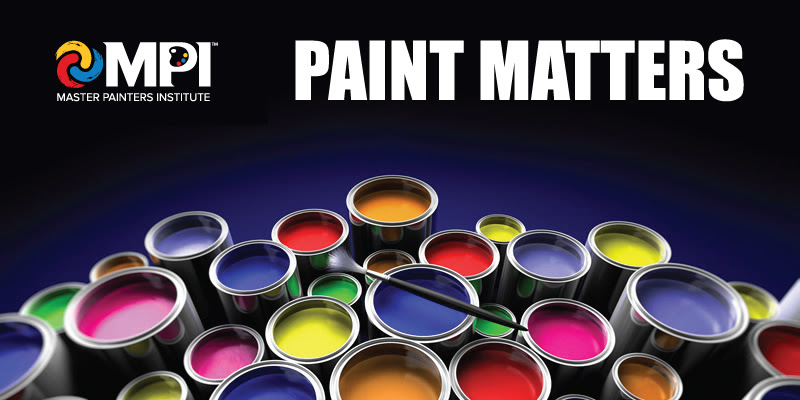(REPRINTED WITH PERMISSION)
Gloss levels in paint do a lot more than influence the visual appeal of a surface. It can also enhance functional characteristics and significantly affect its abrasion resistance and the ability to conceal underlying imperfections.
Choosing the Right Gloss
There are two types of gloss to consider, and each has its own performance benefits and drawbacks:
- Low Gloss Coatings: Ideal for masking surface defects, though they may show poor abrasion resistance and can be more challenging to clean.
- High Gloss Coatings: Better abrasion resistance and easier to clean, but they also highlight surface flaws.
For high-traffic areas like corridor walls, durability and hiding power are important because surfaces will need to be cleaned frequently and people will notice flaws more easily. On the other hand, ceilings essentially have no contact, and it won’t be as important to hide minor imperfections. Finding the right level of gloss is a balancing act between abrasion resistance and hiding power.
The Impact of Critical Lighting
Some areas have “critical lighting” where surface defects are highlighted and stand out due to the lighting in the area. In these areas, it may be more appropriate to go with low gloss coatings. Evaluate the lighting in the space before making a coating choice. Sometimes a high gloss coating may seem appropriate, but critical lighting will accentuate every imperfection and make surface defects seem worse than they are. Low gloss coatings have enhanced hiding power and can mask surface defects. Choosing the wrong gloss type can lead to a costly and time-consuming reapplication.
Confusion and Consistency in Naming
Gloss naming conventions can sometimes lead to confusion and unintended results. In the early days of paint manufacture, options were limited to flat, semi-gloss, and gloss. Over time, manufacturers developed subdivisions of these groups and created deviations that vary by region. Names like “eggshell” or “velvet” can mean different things across manufacturers.
To address this problem, MPI standardized gloss and sheen standards to provide clarity and consistency to different manufacturer labels. MPI categorizes gloss into seven distinct levels, each corresponding to a specific range of reflectivity measured at 60 degrees, and sheen at 85 degrees, to ensure consistent specifications across the industry.
For example, MPI defines a traditional flat finish as Gloss Level 1, offering maximum concealment, while a high gloss finish, Gloss Level 7, provides a reflective, shiny surface. ATSM method D 523 is used as the basis for establishing “objective gloss.” This helps identify the optimal gloss level and specific coating system for a project.
By using MPI’s quantitative gloss standards, professionals can make informed decisions that maximize performance and aesthetic quality. It streamlines the selection process and mitigates the risk of costly repainting projects.

